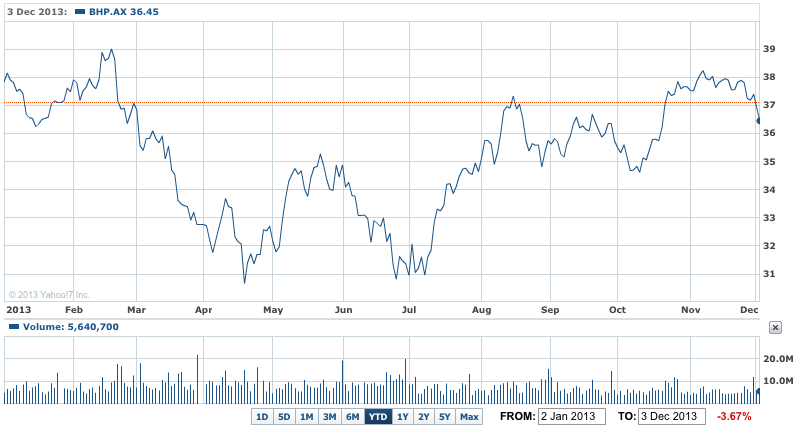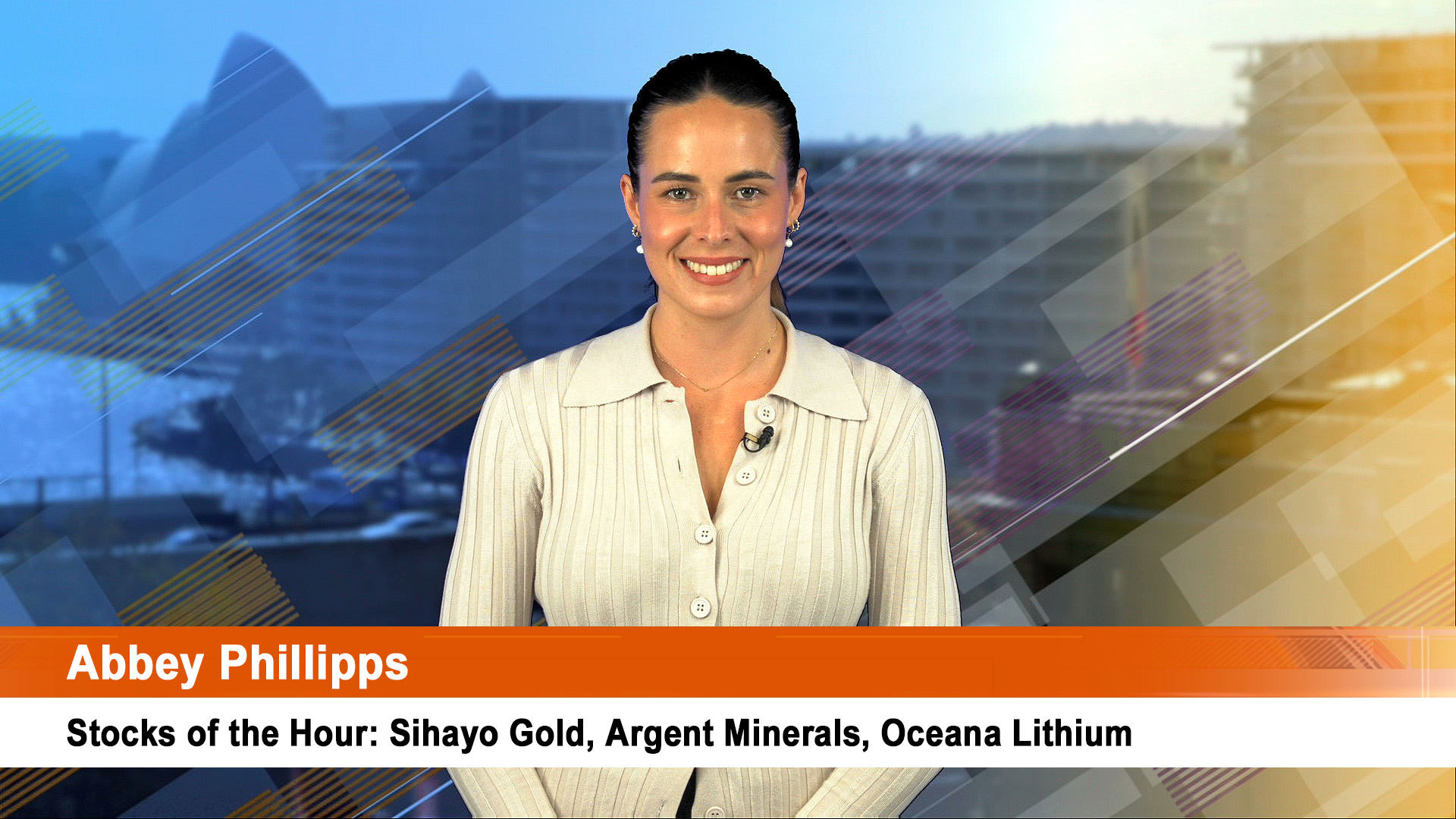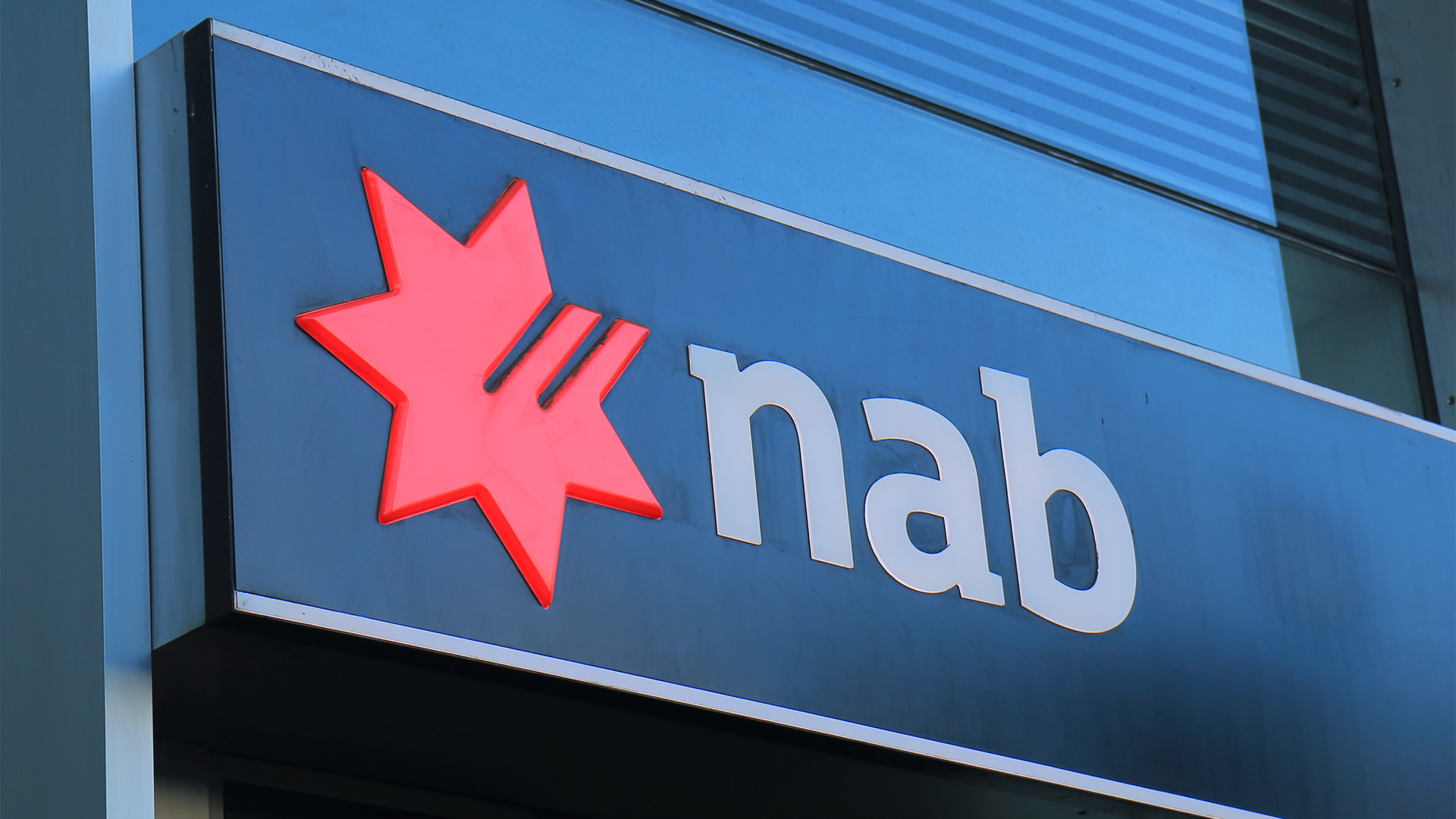BHP Billiton (BHP) remains a believer in its huge but weakly performing US shale gas and oil business and intends keeping the assets and growing them for the domestic American market, not for exports such as LNG.
That’s the bottom line from the long awaited briefing on the future of the shale gas and oil business in America, assembled at a cost of around $US20 billion.
BHP made it clear the company saw the US shale operation as a key part of its petroleum division, which also has extensive conventional oil producing assets in the Gulf of Mexico, as well as further south in Trinidad and Tobago.
BHP wrote down the value of some of those shale assets by $US2.9 billion last year because of the fall in domestic gas prices.
That triggered a rise in scepticism among some big investors and analysts about the worth of the US shale gas move.
Some analysts have claimed the company will be forced to make further write downs and suggested some would come at this week’s briefing.
The upshot was some small write downs on non important parts of the shale business, and a big statement of commitment to shale gas.
On the second and final day of its petroleum division briefing in Houston, BHP revealed about $US440 million worth of charges relating to its lack of activity in its pure shale gas fields (it will have to pay for previously booked rigs and pipelines that are not going to be used for the next one to two years).
Interestingly, BHP suggested that offshore oil in Trinidad could become the next big thing in petroleum for the company, comments that raised the eyes of analysts.
Most of the shale division was purchased in 2011 under two separate acquisitions totalling about $US20 billion. It was originally planned as a mainly gas business, but a plunge in gas prices forced BHP (and many other companies) to switch its production emphasis to so-called liquids (which are easily upgraded to oil) and light oils.
BHP YTD – BHP’s ringing endorsement of its US shale gas and oil business

BHP indicated in yesterday’s briefing that that strategy was not going to change, with liquids production set to grow by 75% this financial year which would help the company meet its long-standing annual production guidance target of 250 million barrels of oil for the petroleum division.
BHP’s petroleum division is its second most profitable division after iron ore.
The company said it plans to invest US$4 billion annually to grow its onshore production to 500,000 barrels of oil equivalent a day by the 2017 financial year.
While the Eagle Ford shale in Texas will remain the focus of the liquids drive, BHP said it was acquiring more acreage in the Permian basin in the hope that it would match Eagle Ford’s production of liquids by 2017.
It says that if that is successful, the US shale division will bring in more revenue than the $US4 billion worth of annual development capital the company plans to spend on development by 2016.
"In this scenario, Onshore US is expected to be self-funding in the 2016 financial year before generating almost $US3 billion of free cash flow in the 2020 financial year,” said BHP’s petroleum president Tim Cutt in the briefing.
BHP said it would take a non-recurring charge of $US100 million for the termination of rigs that were expected to be used this financial year and it will also set aside $US340 million in 2014 and 2015 to pay for under-utilised pipelines in the gas-rich Haynesville region which straddles Louisiana and Texas.
But there was surprising optimism around the ability of the tiny Caribbean island of Trinidad to host a future "tier one" oil field, with BHP declaring the region has "significant potential" to become another ”core region” for the company, alongside its US and Australian petroleum regions.
BHP already operates the Angostura oil rig in Trinidad’s shallow waters, and the company said the deepwater appeared to have "tier one oil potential". (That means a very big, single oil discovery, much larger than anything found so far in the US shale drilling and fracking boom.)
A seismic survey will be conducted over 17,000 square kilometres of seabed off Trinidad over the coming year, and BHP says it hopes drilling can start in calendar year 2016.
"Over the past year we have built a material early mover position in deepwater Trinidad and Tobago," the company said in the presentation.
The briefing did not devote a lot of time to BHP’s partnership in Bass Strait with Exxon Mobil, but the company did reiterate that gas prices are expected to strengthen on Australia’s east coast, and there was still the potential for more gas to be found in Bass Strait to maintain current production levels.
"(We are) assessing additional opportunities to extend gas plateau production through 2030 and beyond," the company said.
And while the company did point out that there was a growing pressure from the US gas industry to be allowed to export, especially into Asia, BHP was not looking to join the rush.
BHP does expect if the US government allows LNG exports, that will help lift US domestic gas prices in coming years, which will in turn boost returns from its operations. But that remains a long way off.
It was clear from the structure of the two-day briefing that investors are not really concerned (or interested for that matter) about BHP’s existing conventional operations in Australia and the US and elsewhere.
The main concern was about the economics and strategies for the US shale gas and liquids operations.
BHP shares fell 1.7% to $36.18.
BHP Billiton Investor Briefing













